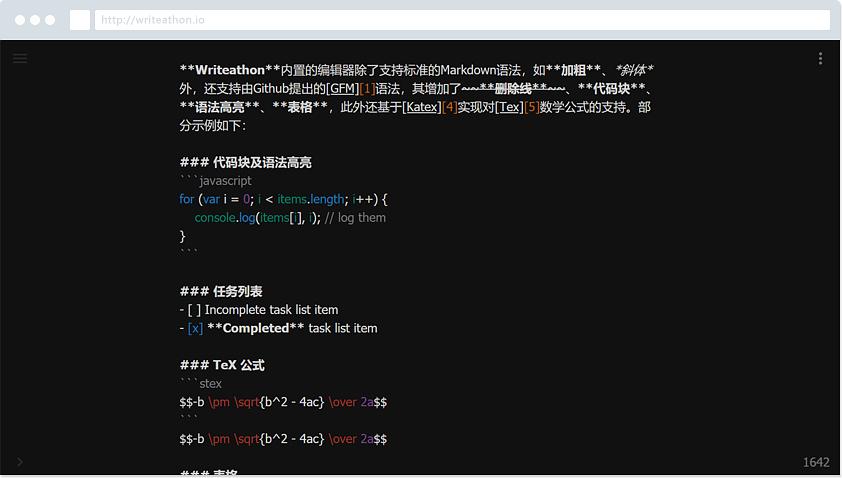Title: The Optimal Down Content in Winter Goosedown Quilts
Winter is the season for warm and cozy bedding. One popular choice is goosedown quilts, which are known for their soft and lightweight texture. However, the down content of these quilts can vary greatly, and finding the optimal level of down can make a big difference in comfort and warmth. In this article, we explore the factors that affect down content in winter goosedown quilts and offer tips on how to choose the best one for you. We also discuss the benefits of goosedown, including its natural insulation properties and ability to regulate temperature. Overall, choosing the right down content in a winter goosedown quilt can ensure a comfortable and healthy sleeping experience all year round.
In the frigid winter months, there's nothing quite like the warmth and comfort of a cozy bed, complete with a soft and inviting goosedown quilt. Goosedown is a lightweight, breathable material that offers excellent insulation, making it an ideal choice for cold-weather sleeping arrangements. However, not all goosedown quilts are created equal. To ensure you get the most out of your investment, it's important to understand what constitutes a high-quality goosedown quilt and how to identify it. In this article, we'll explore the factors that affect the down content in winter goosedown quilts and provide tips on selecting the perfect one for your needs.
What Is Down, and How Does It Work?

Before we dive into the specifics of winter goosedown quilts, let's first define what we mean by "down." Down is the soft, fluffy feathers that cover the chest, back, and neck area of birds such as geese, ducks, and chickens. These feathers are particularly valuable because they can be processed into various materials, such as down insulation, which is used in many types of clothing and bedding. The quality of down depends on several factors, including the bird species, the feather density, and the way in which the down is harvested and processed.
The Importance of Down Content in Quilts
The down content in a quilt refers to the percentage of feathers in the filling material. A higher down content indicates a more luxurious and warm quilt, while a lower down content may make the quilt less suitable for cold weather conditions. In general, most winter goosedown quilts have a down content of around 60% to 70%, but some high-end models can reach up to 90% or even higher. It's essential to choose a quilt with enough down content to provide sufficient warmth without being too heavy or cumbersome to use.
Factors That Affect Down Content
Several factors influence the down content in a quilt, including:

1. Bird Species: Different bird species have different feather densities and down properties. For example, geese are generally considered to produce the highest-quality down due to their long, fine feathers and strong fluffiness. Chickens and ducks, on the other hand, produce relatively smaller and coarser feathers that may not be as suitable for making down insulation.
2. Fill Power: Fill power is a measure of how much heat energy a given weight of down provides relative to its own weight. Fill power越高,说明每单位重量的羽毛能提供更多的热量,因此填充物的质量也更高。 Most winter goosedown quilts have a fill power range of around 650-800, with higher fill powers indicating better warmth retention.
3. Process Method: The way in which the down is collected and processed also affects its quality. Some processes, such as carding or plucking, can result in shorter, weaker feathers that may not provide adequate insulation. On the other hand, processes like air-plucking or wet processing can yield longer, stronger feathers with better insulating properties. High-quality goosedown quilts are typically processed using gentle methods that preserve the integrity of the feathers.
How to Choose the Right Down Content in a Winter Goosedown Quilt
When selecting a winter goosedown quilt with a high down content, consider the following factors:

1. Climate: If you live in a cold climate or plan on using your quilt primarily in colder weather conditions, look for a quilt with a higher down content (e.g., 70% or above) to ensure adequate warmth and comfort.
2. Comfort Level: If you prefer a lighter and more breathable quilt that still provides adequate insulation, you might consider a lower down content option (e.g., 60-65%). Just be sure to check that the fill power is still high enough to provide good warmth retention.
3. Durability: Some high-end goosedown quilts may use specialized filler materials in addition to down to enhance durability and maintain shape over time. Consider these options if you're looking for a long-lasting and well-maintained quilt that will withstand frequent use and washing cycles.
Conclusion: The optimal down content in winter goosedown quilts can vary depending on factors such as bird species, fill power, and processing method. When selecting a quilt with a high down content
Articles related to the knowledge points of this article:
Feather Duvet: A Winter’s Sleep Essential
Title: How to Clean a Down Comforter with a Drum Washing Machine?
DIY Feather Duvet: A Step-by-Step Guide
The Quest for the Ideal Down: An Exclusive Recruitment Initiative for Down comforters



